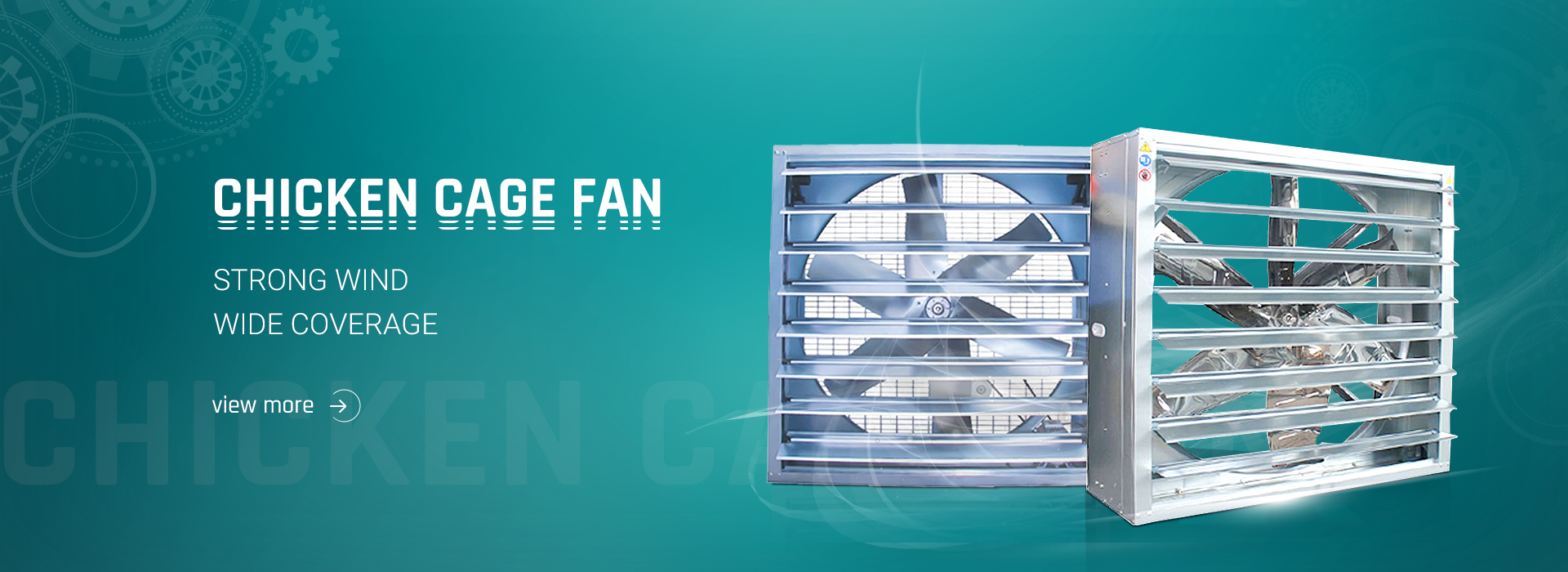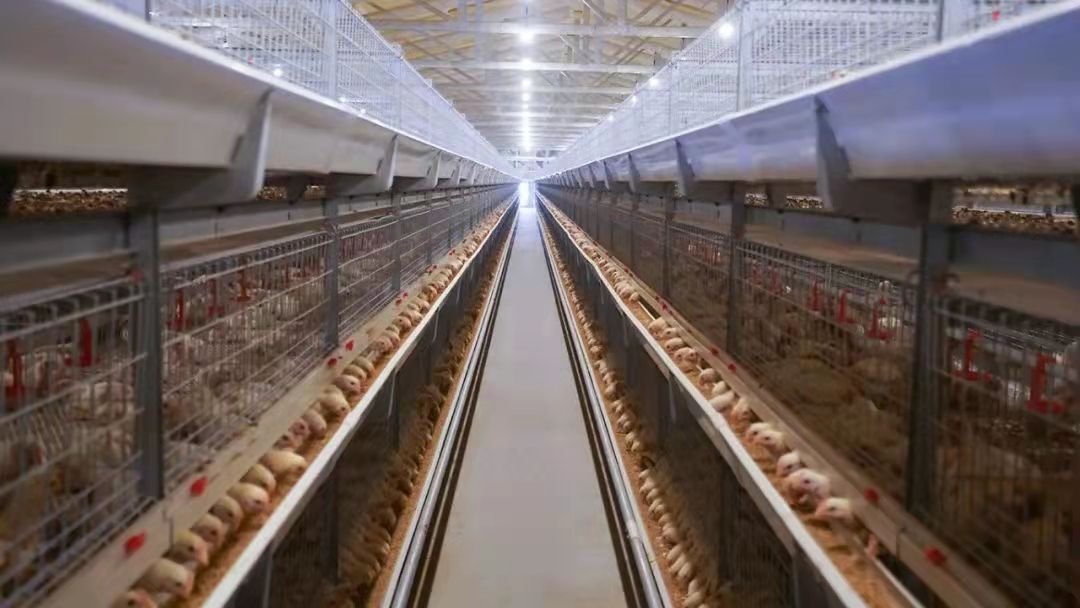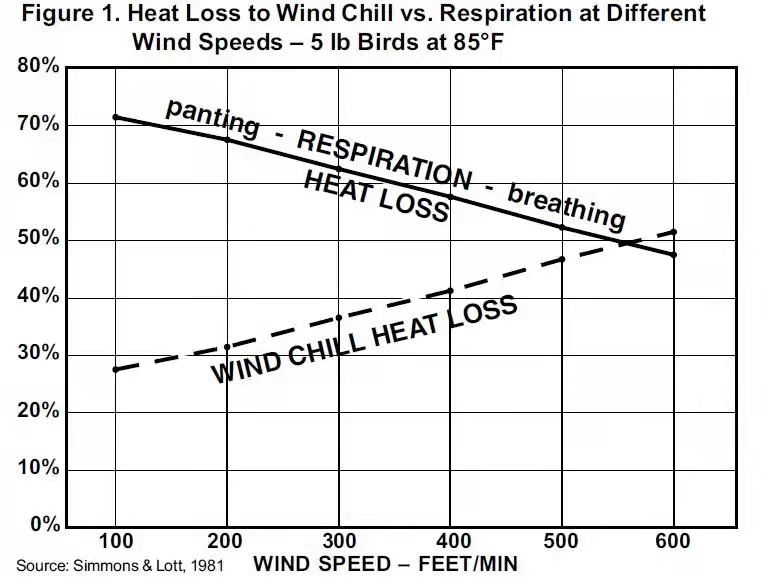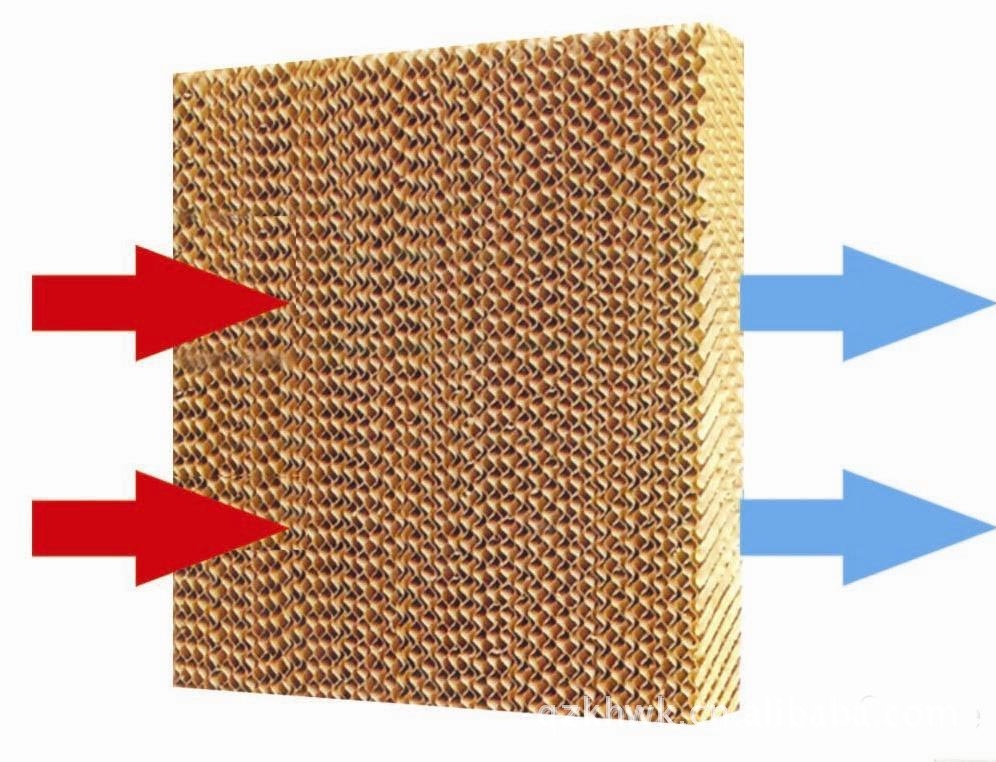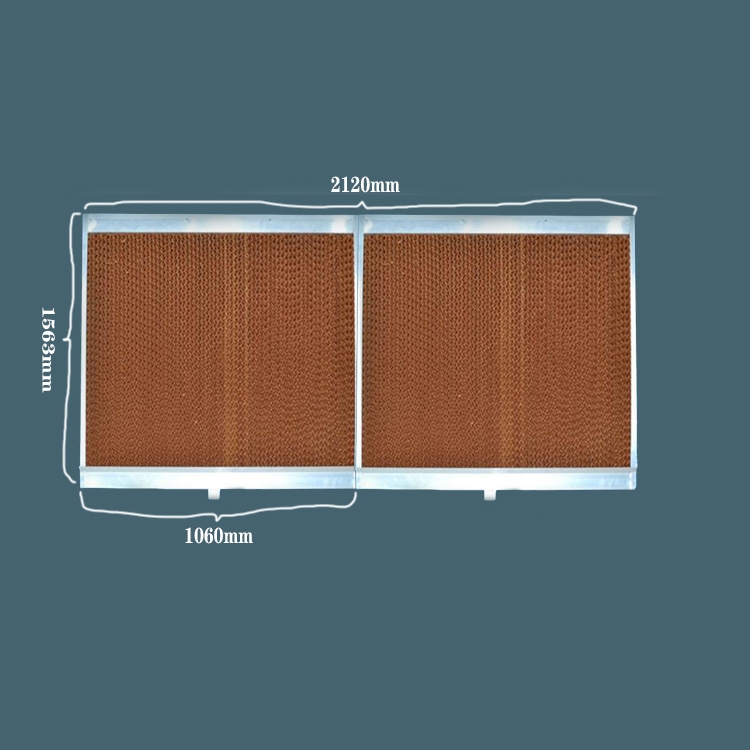As summer approaches, breeders are faced with the challenge of how to operate house ventilation to protect birds in extreme conditions. This article will answer some common questions that are key to managing a tunnel-ventilated house during the summer.
First of all, a note about the climate controller, it can help the breeder better manage the house, but many breeders may not fully understand the role of the climate controller, one of the key points is: the ventilation of the chicken house cannot be used all year round A set of environment controller parameters is realized. That is to say, we must set different environmental control parameters to meet the needs of chicken growth in different seasons and stages. We recommend at least four program settings for the environmental controller to cover the winter brooding and growing phase, and the summer brooding and growing phase. However, even in the summer growth phase, we need to adjust the parameters to different degrees for 3-week-old and 6- and 7-week-old birds. There are two main risks for the summer growing season: either entering the tunnel too early will overventilate the chicks, or entering the tunnel too late will underventilate the larger chickens.
How much higher should the house temperature be than the target temperature when transition ventilation is switched to tunnel ventilation?
When excessive ventilation cannot balance the temperature in the house, switch to the tunnel ventilation mode to produce an air-cooling effect. Chicken weight, age, breed and feather level all affect the temperature setpoint for the transition tunnel. In general, older birds can enter the tunnel at 3°C above the target, which research shows is only beneficial for the birds. For young birds, we wanted the temperature to be 4.5°C above the target when entering the tunnel, as younger birds are more likely to dissipate heat and entering the tunnel prematurely has not proven beneficial.
Some farmers enter the tunnel when the temperature is 3°C above the target temperature, while others enter the tunnel when the temperature is 5.5°C above the target temperature. If we just want to use one number without taking into account factors such as the age of the birds, both numbers may be a bit extreme. Therefore, the main factor of age should be comprehensively considered when using it.
13x 150 meters, 3.2kg chickens, what wind speed should the tunnel ventilation have?
Research by Dr. Berry Lott of Mississippi State University clearly shows that 3m/s wind speed is beneficial for chickens after 5 weeks of age. In a closed house, to know what the average wind speed is, we should take a number of readings on the cross section of the house after the wet curtain and take the average of these readings. Taking into account the aging of the house and equipment, the speed will be reduced, and the design of 3~3.3m/s is also acceptable for large chickens. But whether the speed higher than 3m/s can produce higher economic benefits has not been studied.
The image above shows the importance of wind speed: a good wind speed is one where most of the heat removed from the bird comes from the cooling of the skin, and a small portion comes from respiration (breathing or gasping). Lower wind speeds reduce heat removal from the skin causing the birds to pant and waste feed, so we need good wind speeds to stop or reduce panting.
When should the pads be used and all fans should be turned on before using the pads?
1) When the outdoor relative humidity is 80% or higher, the effect of the wet curtain is not great.
2) When the relative humidity is 80% or lower, the outdoor air temperature must be above 27℃ before using the wet curtain.
3) Frequent opening of the wet curtain before 10:00 am or after 9:00 pm will not yield much benefit.
4) The wet pad needs a period of time to dry every day.
Assuming a target temperature of 21°C at 5 weeks of age, it is acceptable to enter tunnel ventilation after 25°C and use a wet pad at 28°C.
Do you close the pad if the humidity is too high?
Assuming that it is a hot day during the day, under normal circumstances, a chicken house with a good wind speed will not have the relative humidity rise to close the wet curtain. Note that good wind speed is essential, high humidity will greatly reduce the effect of the bird, relying on the speed of the air to remove most of the heat from the bird. With wind speed around 3m/s, we can keep adult chickens comfortable even in high humidity.
Most commercial humidity sensors are not very accurate at high relative humidity. You might want to close the pad at 85% relative humidity, but it might actually close at 78% humidity, causing unnecessarily high temperatures.
Post time: Mar-03-2022



